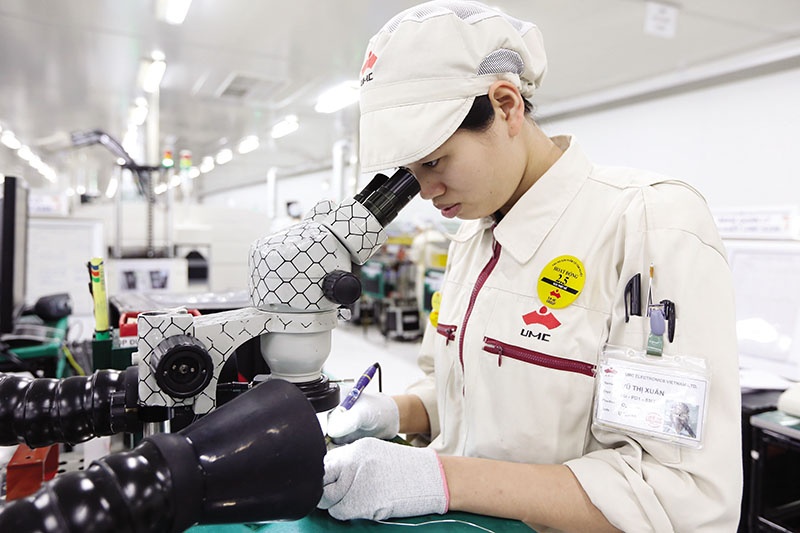JETRO survey finds 57 per cent of Japanese companies plan to expand in Vietnam
A total of 56.7 per cent of the Japanese companies currently present in Vietnam plan to expand their operations in the country over the next 1-2 years, according to the Japan External Trade Organisation (JETRO).

A survey on the business conditions of Japanese companies operating overseas was conducted by JETRO in Hanoi and Ho Chi Minh City from August to September.
It included Japanese-affiliated companies with direct and indirect Japanese investment of 10 per cent or greater, and the branch and representative offices of Japanese companies in Vietnam. JETRO received valid responses from 849 businesses.
About 47 per cent of manufacturing and 65.5 per cent of non-manufacturing companies planned to expand, down 7.3 and 0.4 per cent on-year, respectively. Among the reasons for the expansions, Japanese companies are targetting consumption in the domestic market and increased exports.
"Although expansion ambitions remain high, Vietnam is the only country among the six key ASEAN nations to see a decreasing percentage compared to the previous year," said JETRO.
The percentage of companies that expect to generate operating profits in 2023 stood at 54.3 per cent, which is 6.6 per cent lower than the ASEAN average. From 2017 to 2019, the percentage was above the ASEAN average of 65 per cent.
The percentage of profitable companies in the manufacturing sector was 61.5 per cent, an increase of 0.4 points compared to the 2022 survey. The percentage of loss-making companies in the manufacturing sector climbed by 2.7 per cent to 22 per cent.
There were increasing numbers of profitable companies producing machinery and spares, textiles, electrical components, and electronics. Meanwhile, figures were lower for timber products, paper, and printing.
The percentage of companies turning a profit in the non-manufacturing sector was 46.7 per cent, while the figure for loss-making firms was 27 per cent, down 10.9 and 4.4 per cent, respectively. The number of profitable companies in the travel and amusement sector increased, whereas fewer sales, trade, and wholesale companies generated profits.
According to the survey, 32 per cent of companies said that their operating profit for 2023 would increase on-year, which is 15.6 per cent lower than in the 2022 survey. The percentage of companies with the opposite outlook stood at 35.7 per cent, an increase of 13.1 points.
Rising demand in the export market was the top reason for the increasing operating profit forecast for the manufacturing sector. The main factor driving non-manufacturing firms was domestic consumption, with improvements in productivity and reductions in labour costs also featuring prominently.
The most common reasons for the decreased operating profits were related to shrinking demand. Meanwhile, in the 2022 survey, they were rising raw material, parts procurement, and labour costs, as well as the effects of exchange rate fluctuations.
Looking at the forecast for 2024, 50.4 per cent of Japanese companies expected an increase on the back of the improvements seen this year.
By Thanh Van
Source: VIR
Original link







